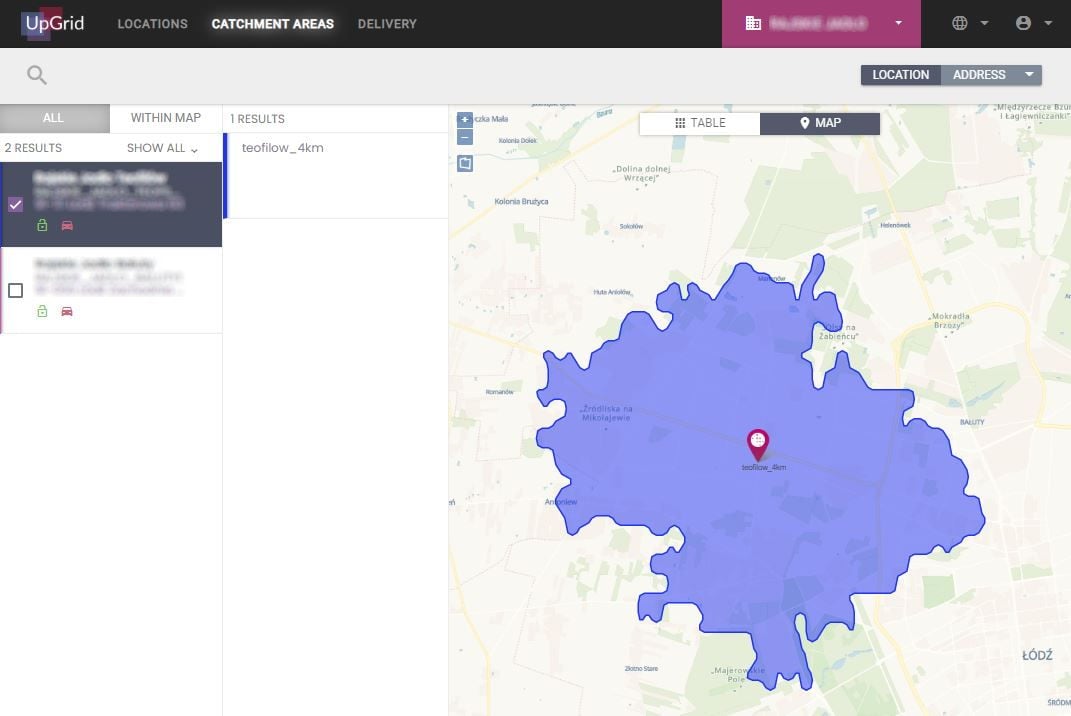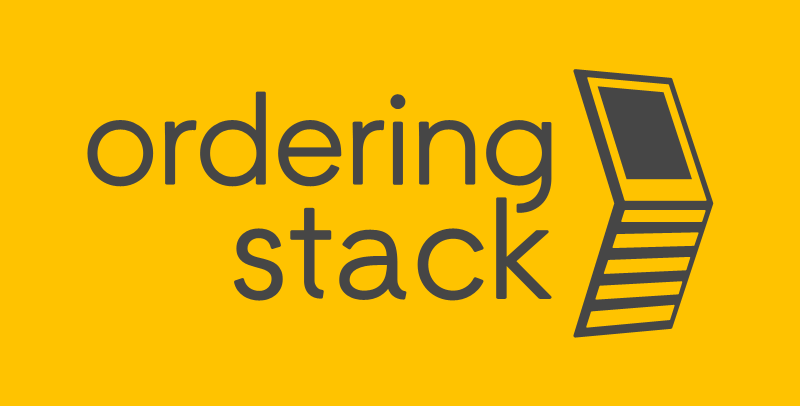How does the online ordering system work?
The online ordering system looks relatively simple from the outside – and that’s one of the main goals of vendors – to make it look simple and friendly. But when looking beneath the surface, outstandingly complicated machinery appears.
This text will explain how does the online ordering system work, with a detailed guide to elements like:
- Browsing the menu
- Picking up orders and checkout phase
- Entering the destination and choosing the delivery option
- Payments
- The logistics
Covid 19 background
Online delivery in the food segment has gained momentum during the COVID-19 pandemic. With restaurants either closed off or heavily limited in their operations, consumers have switched toward online food ordering. According to the Reuters data, the business of the online food delivery apps has doubled, with Uber Eats being a great winner. Statista data implies that the online food delivery market has reached a 14% penetration level of a whole restaurant market in the US, with an estimated growth to 21% in 2025.
For many companies, a COVID-19 pandemic was a strong boost toward digitalization and the adoption of online ordering and delivery tools. The fact that many restaurants had no access to online ordering systems was one of the factors that boosted Uber Eats and similar apps so significantly.
Browsing the menu
The menu is the first moment when the customer meets the restaurant. Depending on the way it is delivered and composed, it can be either the first of many of the last contact the customer does.

In the online ordering system, the basic form is designed to work smoothly on a PC computer or a laptop. In a more sophisticated system like Ordering Stack the online service is also tailored to the needs of a mobile device, like a smartphone or a tablet.
There are also multiple other layers of sophistication and technological advancements in the menu. In the most basic form, the system displays a static or a semi-static menu with images and descriptions, in a particular order. It is also popular to provide the user with videos to better show the offer.
A more technologically advanced system is also managing the menu order in real-time, showing an option that the customer is the most likely to buy. A recommendation engine can take multiple variables into the account – from the previous orders of the customer to the time a cursor is hovering over a particular item to the orders and preferred sets of other customers who share a behavioral pattern.
With a system like OrderingStack, adding some non-standard devices to the ordering system is not a problem and can be limited only by the owner’s imagination. A self-service kiosk is a great example of, auxiliary technology, but the system works on multiple other tools like a table-embedded touchscreen or a freely available iPad in the restaurant.
Picking up orders and checkout

Picking the order in an online system is comparable to checking in a proper checkbox. But this is only a tip of the iceberg. When it comes to the checkout process, there are at least three elements to count:
- User experience,
- Up and Cross-selling,
- Deal closing.
User Experience
The e-commerce business, including online food ordering, suffers from cart abandonment. The reason occurs when the user picks the goods he or she wants to buy and then leaves the shop with a cart full of goods, yet not making a purchase. While it is an exception in the offline shop, cart abandonment is widely seen in online shopping. According to the Sleeknote data, the average cart abandonment rate across industries reaches up to 70%. In other words – more than 3 out of 5 and nearly 1 in 4 carts are abandoned.
One of the most efficient ways to deal with a high cart abandonment rate is to improve user experience. Providing the user with an optimized and non-confusing shopping experience can boost profitability by reducing the number of abandoned carts.
A sophisticated system like OrderingStack provides the business owner with multiple UX tools like easy layout creator to build many variants or A/B testing tools to check which variant delivers the best results.
Up and cross-selling
A cart is the last moment when the user can buy something more or add something to the order. So basically it is the last second to launch some cross and up-selling tricks.
Modern systems provide the restaurant with many options. Among the most popular one can name:
- Pop-up windows – the pop-up window shows when the user wishes to finish the transaction and offers an additional deal, like a bigger set. Usually, the deal is offered in a lower price than usual to boost the conversion rate,
- Time-limited offers – the counting-clock can be a great tool to convince the user to buy an additional product with a high discount. A time-limited offer popping up in the checkout can be a powerful tool for up selling,
- Complimentary product offer – the checkout needs to provide a flexible way to enlarge or boost the set with the complimentary product. For example, one can enrich a plate of fries with sauces or add a salad to a dish.
Deal closing
Let’s loop back to the cart abandonment – a modern online ordering system provides the restaurant owner with a set of tools to close deals.
Depending on the channel it can be a targeted discount, a remarketing, or a follow-up email after the order. If the order has been placed via the mobile app, the online ordering system can send push notifications and reminders.
All these tricks are unavailable if the order is placed using a traditional channel – if the customer leaves before paying for the order, the staff has little to no way to get him or her back to the restaurant.
Entering the destination and choosing the delivery option

With the products picked, the customer reaches the moment of picking the delivery. From the customer’s point of view, it is a yet-another checkbox to choose from. But the online ordering system needs to deliver as much convenience as possible.
Do to so, the system needs to address at least few challenges – managing the delivery zones and managing the delivery vendors.
Managing the delivery zones
Delivering food in the fastest and the most convenient way is a highly complicated matter – so hard, that mathematicians forged an acronym of “NP-hard” to describe an abstract and ideal version of this problem.
The abstract is known as a “traveling salesman” problem and the NP stands for Non-deterministic Polynomial-time. The goal is to find the shortest way between points, to make the deliveryman’s travel as efficient as possible.
When delivering food, time efficiency is crucial – the customer is waiting for a fresh and warm meal (assuming it is not an ice dessert). Thus, the online delivery system needs to take in count several factors when managing the delivery.
- The queue in the restaurants nearby – it can be more efficient to order a meal from the restaurant that has a bigger distance, yet is not crowded, so the order will be processed faster
- The upcoming orders – depending on the destinations, it can be more time-efficient to wait few minutes for an additional order instead of the intuitive as-fast-as-possible delivery model
- The delivery zones – the company can offer multiple services depending on the precise location of the customer – from discounts for picking a particular delivery partner to encourage to pick up the meal in the restaurant in a click-and-collect-like manner.
A modern and convenient system comes also with a plethora of UX-boosting solutions, like suggestions of delivery address, so the customer needs not to type the full name of the street. It is also possible to connect with the device’s sensors or data and autosuggest the delivery place based on the GPS or internet provider data.
Managing the delivery vendors
The next step is to pick up the company responsible for the delivery. There are two layers of this stage:
- – The customer-facing – this aspect is depending on the customer. He or she can pick a preferred form of delivery (picking up by his or her own or delivery to the house),
- – The company-facing – every delivery company comes with separate fees to manage and a system to connect. From the restaurant perspective, it can be reasonable to add external delivery partners only to support owned workforce. Using their services when having their own delivery staff is cutting the margin. On the other hand, though, the external partner adds substantial support for the company when it comes to delivering. Thus, the online ordering system needs to provide the restaurant with a convenient hub to add integrators like Uber Eats to automate as many processes as possible.
When both the destination and the delivery option are known, the system reaches the most painful part of the process – the payment.
Payments
Payments are another aspect that appears to be pretty straightforward, yet comes with multiple obstacles behind the scenes.
The system needs to count in the national-specific payment methods. According to the ecommercenews.eu, there are at least ten basic payment forms available in Europe, with digital wallets like PayPal being the most popular option. The ordering system needs to provide as many options as possible to ensure the client will find the payment option he or she considers the most convenient.
Also, the system needs to ensure the security of the process. The system needs to facilitate security and ensure that there are no malicious actors in the process.
The logistics
The last yet crucial part of the process. That’s where the restaurant gets the green light, the staff starts to prepare the meal and the deliveryman is turning on the engine.
At the first glance, that’s the point where the online ordering system’s role is over – the order has been placed and now it is the matter of the restaurant to process it. But the modern and sophisticated system comes as a part of a complex restaurant environment.
Ordering Stack is a great example of a system that supports the full process of food ordering, from the menu to the point the courier gets the food to deliver. The system is integrated with POS systems and Kitchen Display Systems among others.
Thus, depending on the system of choice, the logistics can be either a problem to solve with other means or a problem solved as a part of the process.
Summary
The online ordering system is a great example of modern software. A sleek and elegant, customer-facing front-end hides a complex machinery that harnesses the power of cutting-edge technologies.
If you wish to talk more about the matter and get to know what an online ordering system can change in your restaurant, don’t hesitate to contact us now!




